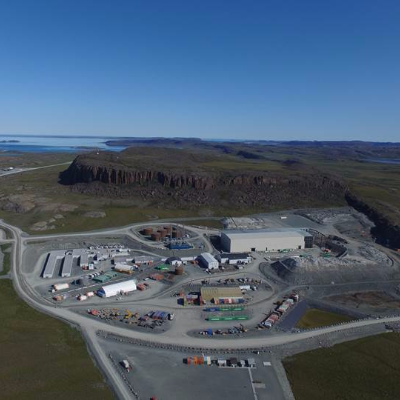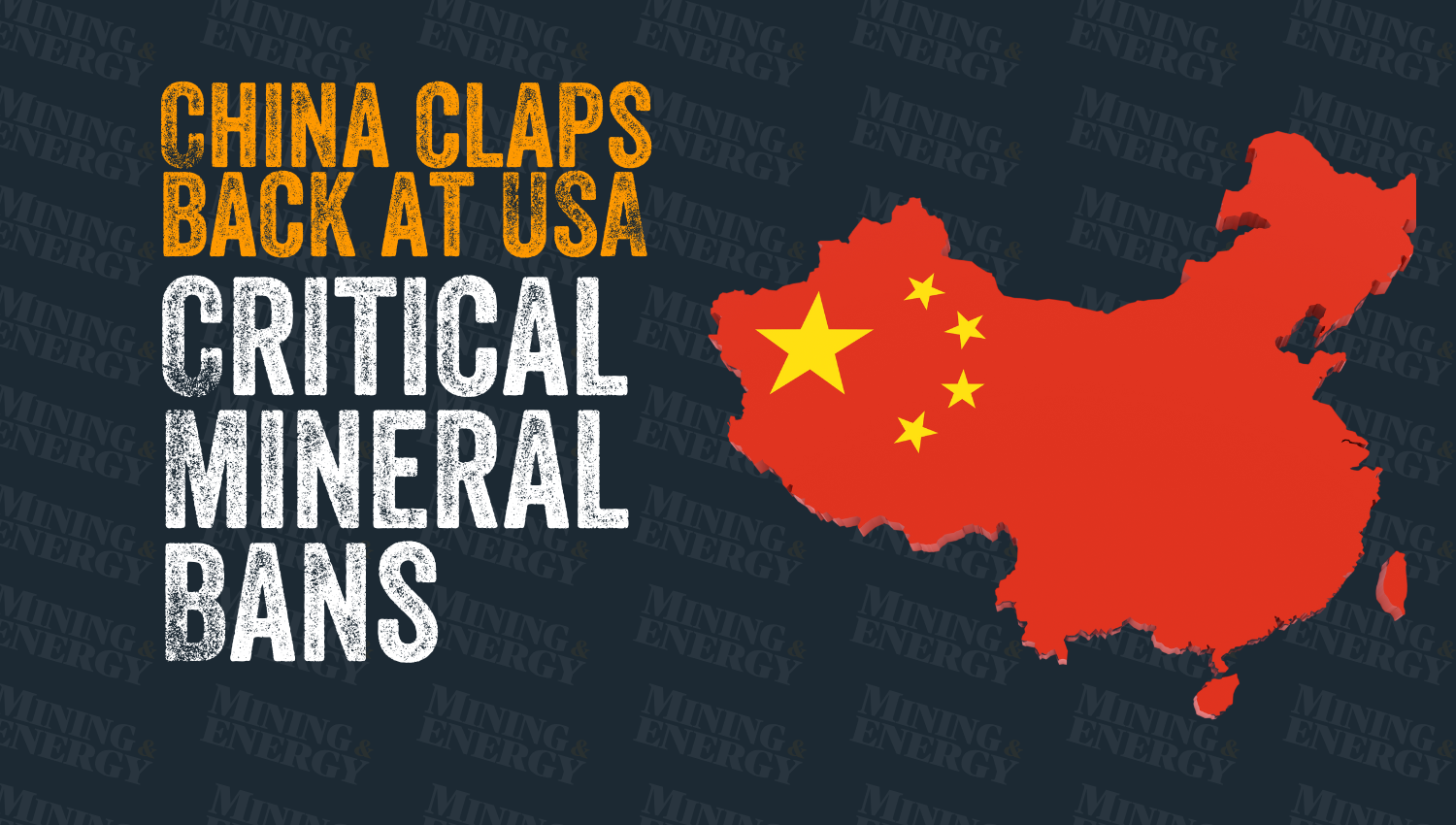TMAC Resources is building Canada’s next gold mining district

The Hope Bay Project mine site is currently under construction in Nunavut. — Photo courtesy TMAC Resources TMAC Resources’ recent milestones moving t
The Hope Bay Project mine site is currently under construction in Nunavut. — Photo courtesy TMAC Resources
TMAC Resources’ recent milestones moving towards completion of the first production site at its Hope Bay Project in Nunavut signifies new beginnings for Canada’s gold mining industry. Essentially, TMAC Resources is building Canada’s next gold mining district.
The Hope Bay Project is located in the Hope Bay Greenstone Belt of the Kitikmeot region of Nunavut. The 1,101 square kilometres hold three high-grade gold deposits that have been of interest for years.
“There has been in excess of a billion dollars spent on the property by previous owners,” said Ann Wilkinson, in terms of the exploration and site infrastructure. Ann Wilkinson is the vice-president, investor relations at TMAC Resources. In 2013 and 2014, TMAC invested just over $79 million on exploration and environmental monitoring campaigns, as well as preparation towards bringing the Doris Mine to production. Millions more were spent in 2015 and 2016 as TMAC advanced along the Hope Bay Path to Production campaign.
The team at TMAC is positive that its investments will pay off shortly. “Archean greenstone belts, when they’re mineralized, tend to last for generations and produce tens of millions of ounces of gold,” said Wilkinson. “There’s 4.5 million ounces of gold identified in the mineral resource category currently and 3.5 million ounces in the mineral reserve category.”
The Hope Bay property is 80 kilometres long and 20 kilometres wide. There are three deposits identified: Doris, Madrid and Boston. The Doris deposit is first on the company's agenda: “Our short-term focus is getting the processing plant—that was delivered late August—into the building that’s been constructed to house it, assemble the processing plant, commission it and start pouring gold,” said Wilkinson.
The delivery of the processing plant is a major milestone for TMAC Resources on its path to production. “The blessing and the challenge with Hope Bay is that it’s on Arctic tidewater,” said Wilkinson. “That allows us to bring everything we need in during the 10-week shipping season. It also demands a lot of attention from us because you need to bring everything except perishables and people in during that 10-week period.”
The entire production process has been lengthy and strategically planned to align the appropriate pieces of the Hope Bay puzzle with the Arctic shipping season. “The high Arctic is an interesting place to work,” said Wilkinson. Factors such as wind, extreme cold temperatures and darkness have also played a role in the production of Hope Bay since TMAC first began working there.
Despite the challenges, TMAC Resources expects to have just over 110,000 tonnes of 15 grams per tonne gold ore plus additional lower grade material waiting to commission the processing plant around the end of the year. “We expect to hit commercial production fairly quickly because of this stockpile,” Wilkinson said. “It’s a pretty exciting time for our organization.”
The deposits of Doris, Madrid and Boston are on a complicated mix of Inuit-owned and Crown land. TMAC Resources has come to agreements with both the Inuit and the Crown. “We have mineral exploration agreements with the Inuit in the case of Doris and Madrid, and mineral leases with the Crown,” said Wilkinson. These agreements are expected to benefit the local community especially.
The local communities will be positively impacted by TMAC’s gold mines. “We have an extensive 20-year Inuit impact benefit agreement,” said Wilkinson. Bringing such large-scale production to Canada’s Arctic will no doubt create job opportunities complete with increased education and training, as well as economic growth.
“The influence of a multi-generational underground gold mine in the area would be significant,” said Wilkinson, referring to the potential of the mining belt in Hope Bay. “Currently, we’re sitting at around 16 to 18 per cent of our workforce being Inuit. We have programs in place both for helping training and for hiring Inuit,” she said. Alongside the benefit agreements, the Hope Bay Project should bring funds into the region’s community.
Right now, the focus remains on the Doris deposit. TMAC Resources hopes to bring Madrid into production by late 2020 and Boston by 2022.
Find more information about the Hope Bay Project on TMAC Resources’ website www.tmacresources.com.




